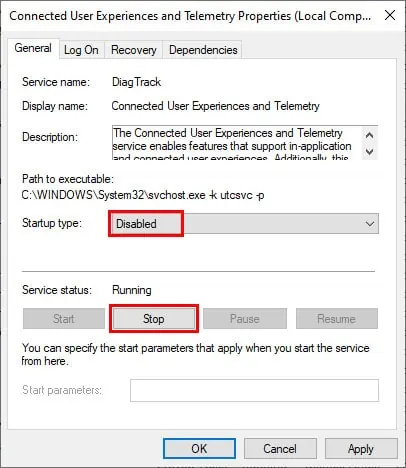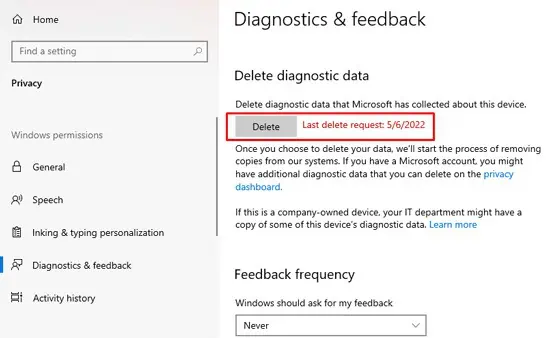Social media companies like Facebook and Twitter are constantly accused of exploiting private data, raising privacy concerns for most users. But on the other hand, there are clickbait articles, taking minor things and blowing them completely out of proportion, just to rack in the views.
There’s an excess of such misinformation today, which makes it very difficult for an average person to find reliable and unbiased info, and understand what’s actually going on. This is the exact case withConnected User Experiences and Telemetry.
Users are confused about whether their privacy is actually at risk due to this Windows service and if they should disable it. We’ve answered these questions and discussed other similar queries in this article.

What is Connected User Experiences and Telemetry?
Connected User Experiences and Telemetry is a Windows service that manages thecollection and transmission of diagnostic and usage information. It’s also known as Diagnostics Tracking, orDiagTrack.
Telemetry features like this are commonly used in tech to collect and analyze data. On Windows specifically, this data islocally encryptedand stored at%ProgramData%\Microsoft\Diagnosis.
The telemetry client transmits this data over encrypted HTTPS connections to the Microsoft Data Management Service. This data is used for various purposes, which we’ve discussed below, and is generally deleted within 30 days.

There’s a lot of fear-mongering in online communities that Microsoft is secretly spying on you through this service. But in truth, it’s up to you to choose how much diagnostic data to send or whether you want to send any data at all.
Required Diagnostic Data
Required data is basic data that’s essential to making Microsoft products work optimally. Your device is transmitting the following information as Required Diagnostic Data:
Microsoft uses this information to analyze issues and troubleshoot them. Basically, whether certain errors occur on certain systems, or due to specific hardware and software combinations, and so on.
Microsoft uses the update info to analyze which part of the deployment process a certainupdate is facing issuesat, how the update is performing on certain systems, whether your system is compatible for a new update etc.
Microsoft uses the data about the kind of devices, settings, and applications that most people use, to determine the best way to improve their products.
Optional Diagnostic Data
In addition to the info included under Required Diagnostic Data, Optional Diagnostic Data also includes the following: